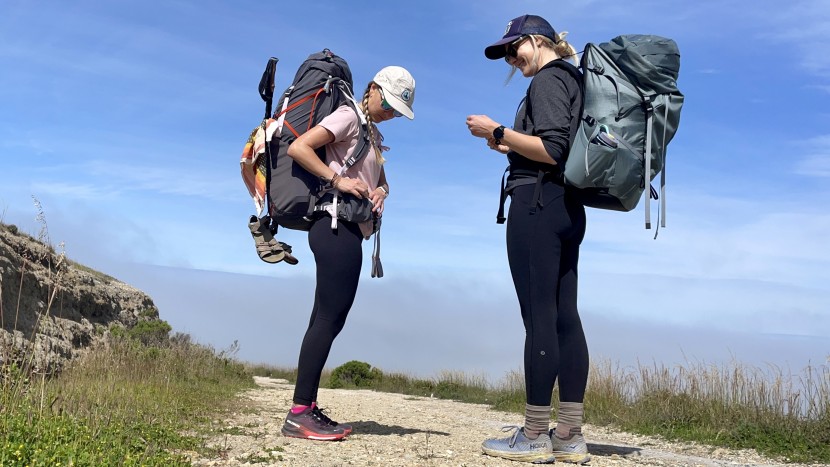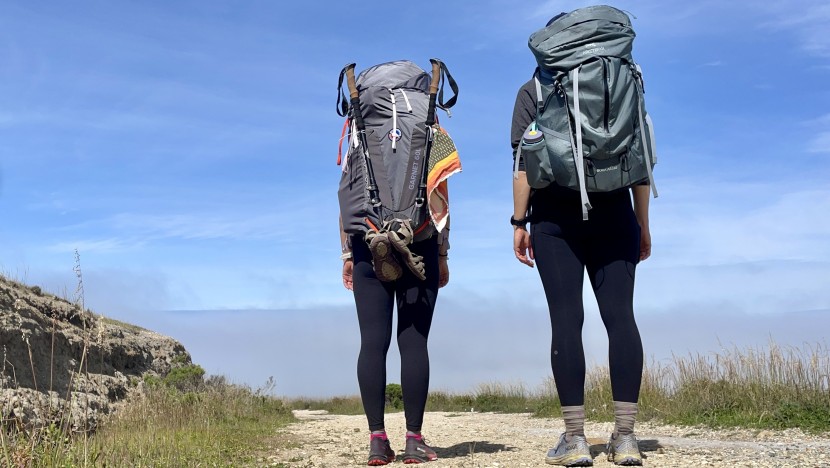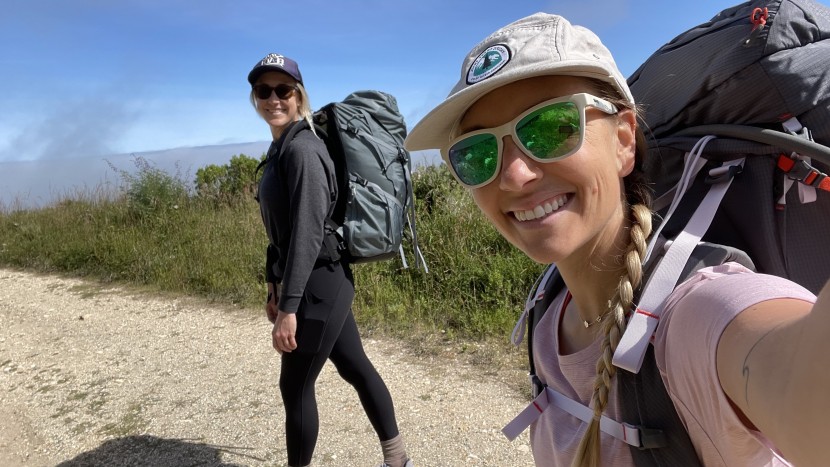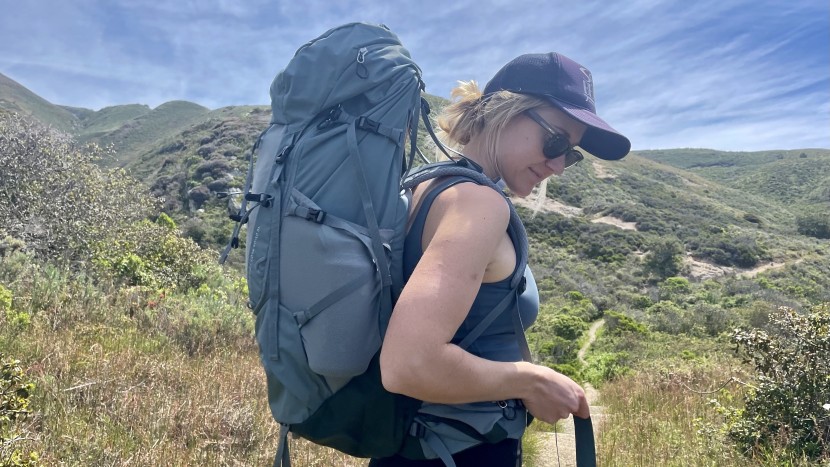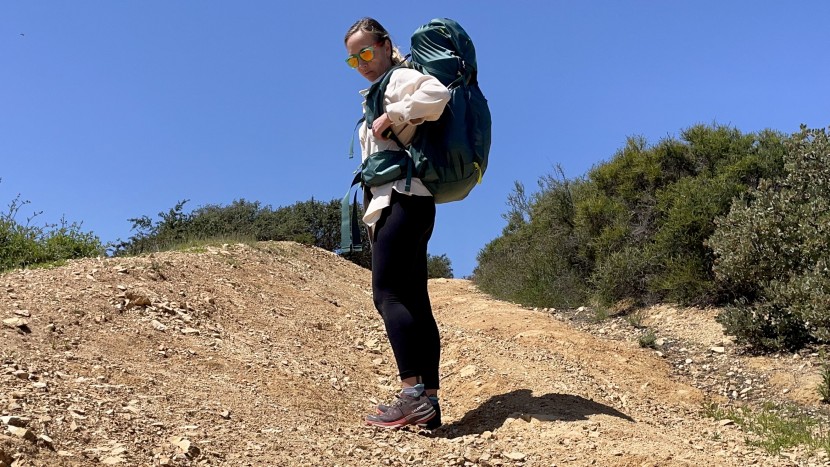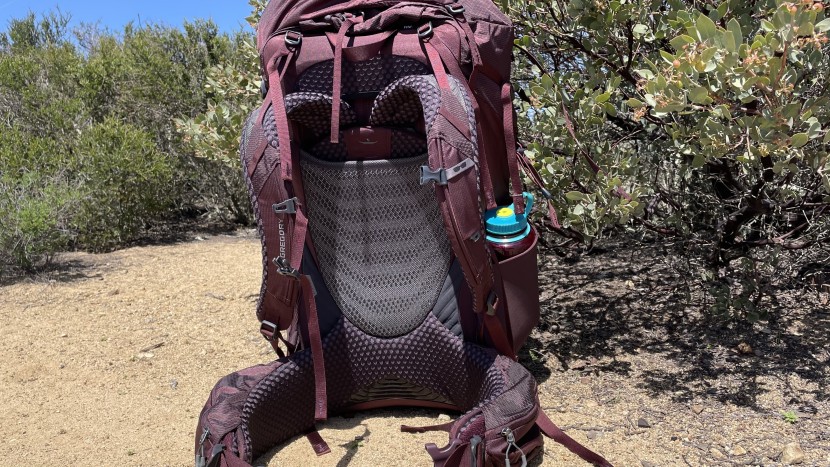Many years have gone into compiling this list of top backpacking packs for women. We've taken these on quick overnights in the Front Range, two-week trips in the Wind River Range, jaunts along the John Muir Trail, remote canyons in Utah, and long hikes on Vermont's Long Trail. These packs have seen it all. We've trekked through torrential downpours, snow, wind, hail, sleet, dense fog, and overwhelming heat to figure out which is the best for any given backcountry situation. Our trips ranged from short day hikes to 27-mile days that continued into the night. In short, we use and abuse these packs while taking notes on their functionality, comfort, and support. We surveyed each pack's suspension system, ease of use, and volume-to-weight ratio. Our testers' body types range widely as well. They're short. They're tall. They're curvy, petite, lanky, or muscled. These women also have wildly different backpacking experience levels — some are newbies, and others are long-time backcountry travelers. This helps us understand how comfortable, adjustable, and easy to use each of these packs really is.
Comfort
To compare the comfort of each pack, we loaded them up with quick overnight gear or weighed them down with 6 days of food for 2 people, climbing ropes, and winter gear. Our base weight of gear is 19 pounds, which we tested, but we also loaded our packs with up to 45 pounds of gear to facilitate a fair contest between each bag's suspension. We looked at how well the suspension transferred weight to our hips versus resting on our shoulders. We contemplated the positioning and stability of the hip belt. Does it stay in place, sag toward the back, curve up in front, shift when we bend, and twist while climbing over downed trees? Do the shoulder straps and hip belt padding feel soft or rigid? Does it withstand multiple days of heavy loads or begin to crumble? How easy is the pack to get on and off? We had women of many shapes and sizes wearing each model to determine if the comfort was versatile for many body shapes or just a few.
Ease of Use
This metric encompasses the design of the backpack and how easy each pouch, pocket, and feature are to use. We assessed how easy it is to get in and out of the backpack while on the trail. Does the pack have multiple access points to the main pocket? The packs that prevailed were awarded higher marks in this metric. By and large, we found that the simpler the pack's design, the more straightforward it was to use. Some designs are more user-friendly than others, while some boast organizational features that keep each and every item in its own compartment. The best backpacks are those with some organizational features that still provide versatility.
Weight-to-Volume Ratio
We broke out the kitchen scale and weighed each model down to the tenth of an ounce. We considered the weight compared to other models. But we also compared weight to the pack's volume, ability to carry a load, and the packing ability it offers. Sometimes, we felt a heavier model's weight was worth it due to its comfort, and sometimes, we wished a lighter pack had added a few more ounces to offer the comfort needed to carry it day in and day out. Even though each pack was initially scored based on its on-the-scale weight, we considered their features and overall carrying capacity when solidifying each score. Backpacks with better weight-to-volume ratios (meaning they carry more and weigh less) earned extra points. If you want a well-featured backpack, sometimes you must take weight out of the equation. Conversely, if all you want is an ultralight pack to get you through rugged thru-hikes, you might have to settle for simplicity and moderate discomfort because, frankly, zippers and complex suspension systems weigh a lot.
Adjustability
Each model has a different level of adjustability and a different system to do so. Some took time to learn, others were intuitive and fast, and some were just too much of a hassle to recommend. We lengthened and shortened every torso and hip belt possible. We took measurements and examined the range of waist sizes each pack would fit. We considered interchangeable belts and padding. Versatility also played into our adjustability testing. Some packs have options to change and remove features and straps. Some allow for bulky items to be strapped on the outside, while others were clearly designed for almost everything to be loaded into the main compartment. Those with many options typically scored highly, but a few were overly complicated to use and actually lost points. We considered various body types and how likely each pack is to accommodate wider hips, larger busts, etc. Some of the packs with the best suspension were a bit tall on our shorter testers, while packs that suspend the load laterally were more comfortable. Nowadays, most packs will accommodate most body types, so it is up to you to decide what style of backpack will be comfortable on your body.
Yes, these subjects were put through the wringer in the backcountry and our labs. Each year, we continue to search out the new options on the market, the re-designed models, and the old favorites to test and re-test for the most thorough review of women's backpacking backpacks available.

